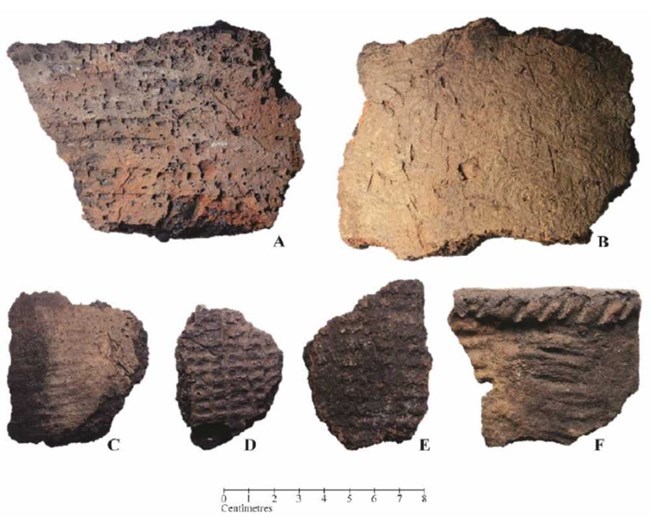
Dr. Shelby Anderson
Contact: Dr. Shelby Anderson
Duration: 3 Years (2018-2020)
The styles and materials people use in art and in their everyday lives can reflect knowledge and cultural practices that date back millennia. As people come together for trade and other community interactions, they pass along new ideas. This project will test the hypothesis that Beringian people sustained extensive and expansive interaction networks across the region over the last 2,500 years despite significant cultural and ecological change during this time period by looking at ceramic remains. Techniques will use (1) ceramic technological analysis to examine similarities and differences from various areas, (2) geochemical and petrographic sourcing of ceramics, and (3) radiocarbon dating of several important but poorly dated sites.
Russian Component: A key objective is to collaborate with Russian colleagues to compare and share knowledge about Beringian ceramics and past interaction networks. Ceramic technology likely has its origins in earlier Russian Far East traditions that spread to the Chukotka Peninsula and Magadan region by 5,000 years ago. Dr. Anderson will collaborate with Dr. Ponkratova and Dr. Zhushchikhovskaya to write a synthetic paper about Beringian ceramic technology; the paper will include information about Paleo-Inuit pottery from Cape Dezhneva, Russia, that has never been published in English, as well as data from Dr. Ponkratova’s work in Magadan and Chukotka. In addition, Drs. Anderson and Ponkratova will co-author ceramic research on the Russian Ushki site, which has a very deep history, stretching back as early as 13,000 years ago.
Last updated: November 17, 2020
